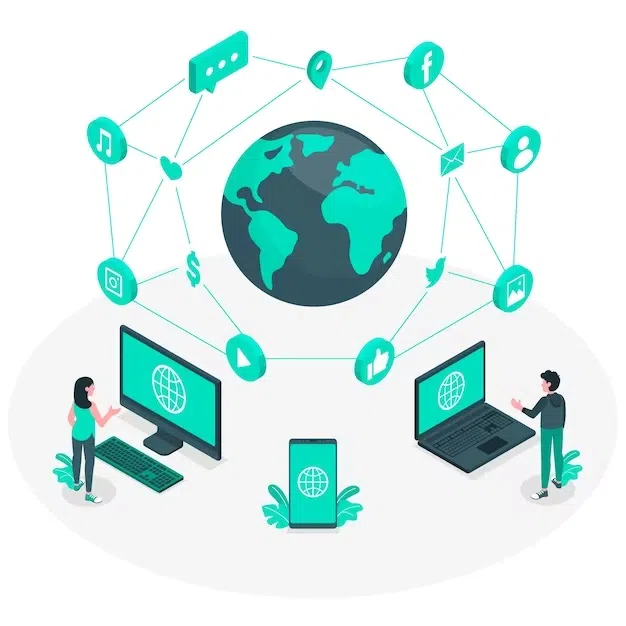Introduction
In an age where our lives are increasingly interconnected with the digital realm, ensuring cybersecurity has never been more crucial. Cybersecurity threats are continuously evolving, becoming more sophisticated and widespread. This blog aims to shed light on various cybersecurity threats, the importance of safeguarding your digital presence, and practical steps to protect yourself and your data.
Understanding Cybersecurity Threats
Cybersecurity threats encompass a broad range of malicious activities aimed at exploiting vulnerabilities in digital systems and networks. These threats can have severe consequences, including financial losses, identity theft, data breaches, and damage to an individual’s or organization’s reputation.
Common Cybersecurity Threats
1. Malware:
Malicious software designed to damage or gain unauthorized access to systems, including viruses, worms, Trojans, and spyware.
2. Phishing:
Deceptive attempts to obtain sensitive information, such as passwords and credit card details, by posing as a trustworthy entity through emails, messages, or calls.
3. Ransomware:
Malware that encrypts files or systems, demanding a ransom for their release, often crippling operations until the ransom is paid.
4. Social Engineering:
Manipulating individuals to divulge confidential information, typically by exploiting human psychology and trust.
5. Denial of Service (DoS) Attacks:
Overwhelming a system or network with traffic to disrupt its normal functioning and deny access to users.
The Importance of Cybersecurity
1. Protecting Personal Information:
Safeguarding personal data, such as financial details and social security numbers, is essential to prevent identity theft and fraud.
2. Preserving Privacy:
Ensuring privacy in the digital age by protecting sensitive communications and personal content from unauthorized access.
3. Maintaining Trust:
Protecting digital assets and data builds trust among users, customers, and stakeholders, enhancing the reputation of individuals and organizations.
Steps to Enhance Cybersecurity
1. Use Strong Passwords:
Create complex passwords and change them regularly. Avoid using easily guessable information and consider using a password manager.
2. Keep Software Updated:
Regularly update your operating system, antivirus software, and applications to patch security vulnerabilities and protect against known threats.
3. Enable Two-Factor Authentication (2FA):
Implement 2FA wherever possible to add an extra layer of security by requiring additional verification besides a password.
4. Educate and Raise Awareness:
Stay informed about cybersecurity best practices and educate yourself and others about potential threats and how to recognize them.
5. Regular Backups:
Keep backups of important files and data in a secure location. This ensures that even in the event of a cyberattack, your data remains accessible.
The Collective Responsibility
Cybersecurity is a shared responsibility that involves individuals, organizations, governments, and the technology industry. By staying vigilant, implementing best practices, and fostering a culture of security, we can collectively mitigate cybersecurity threats and create a safer digital world. Remember, the key to a secure digital future lies in our hands, and every precaution we take matters in safeguarding our interconnected lives.
For more updates stay with boardofjobs.com


